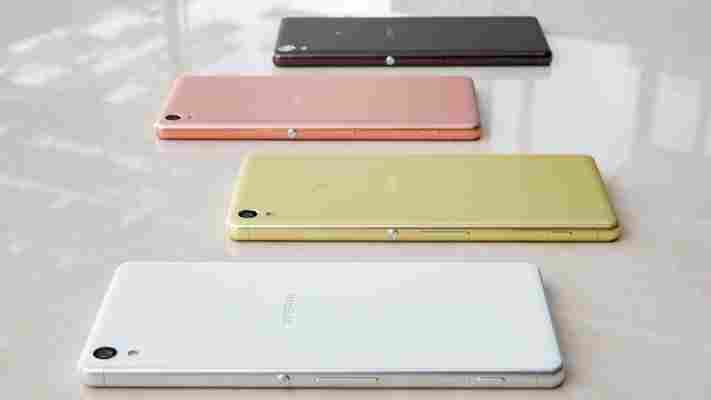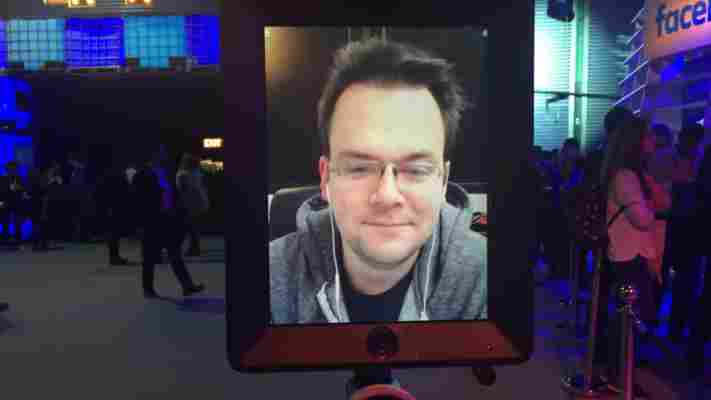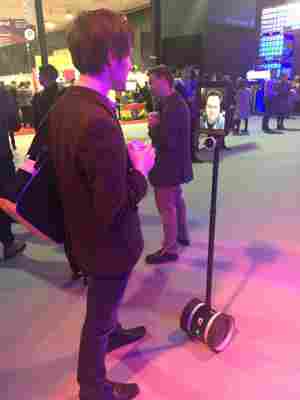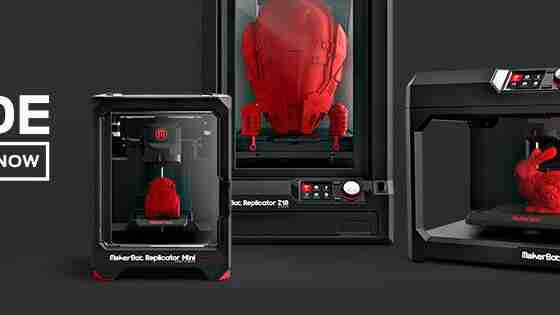Sony has launched two new smartphones today in the form of the Xperia X and Xperia XA at Mobile World Congress 2016 in Barcelona today.

The two new X series are the first of the ‘new-look’ Xperia brand. Both are available in a range of colors, as well as being offered in a gold version. The XA model has a larger, edge-to-edge display.
Sony says its efforts have largely gone into redesigning its flagship series, improving the camera performance and making sure the battery has enough oomph to get you through the day.
A new feature called ‘spontaneous capture’ promises to let you focus quickly and there’s a new hybrid autofocus borrowed from Sony’s cameras that lets you choose a subject in shot and predict their motion to eliminate blur. How well it works, we’ll have to see in our hands-on testing.
Sony says the battery will run for up to two days but didn’t say exactly how large power pack is in either device.
Due to arrive “this summer”, both the Xperia X and Xperia XA have a range of matching Style Covers and will roll be offered in: White, Graphite Black, Lime Gold and Rose Gold.
Rather than focus on the ‘speeds and feeds’ approach to smartphone launches, Sony talked up a new range of connected devices due to launch in the future.
The first of these to arrive is called the Xperia Ear and lets users voice commands to do things like check your schedule, news or weather while on-the-move. It can also perform other smart assistant functions, like taking a message, navigating you to a destination or searching the Web for specific info.
It’s not restricted to Xperia smartphones, and connects to an Android app that provides additional features, like letting you set up specific app notifications or customize a morning summary when you first connect each day.
Other upcoming Xperia connected devices currently in concept stage include the Xperia Eye (a wearable, wide-angle camera with a 360-degree lens), the Xperia Projector (for interacting with devices via touch on any surface) and the Xperia Agent (a personalized smart assistant that has a built-in camera and projector).
The Xperia Agent, particularly, sounds like an intriguing proposition – a little like an Amazon Echo with additional hardware and capabilities. The wearable camera experiment didn’t end so well for devices like the Autographer , forcing the company back to the drawing board, so whether Sony will have more success – or if it will even bring the device to market – remains to be seen.
There’s no release date or pricing for the devices as yet, but the Xperia Ear will go on sale this summer.
This guy is staying up all night in California to drive a robot around a conference in Europe
There are plenty of tech CEOs at the Web Summit in Dublin this week, but only one of them has wheels, no arms and an iPad for a head.

Double Robotics CEO David Cann is staying up through the night in California to visit the conference via one of his company’s own telepresence robots.
Cann says that the firm has now sold 5,000 of the robots for use largely in business and education settings. The robots are controlled using the cursor keys on the user’s computer, while the iPad attached to the top acts as the user’s eyes, ears and mouth.


While text-based communication tools like Slack and Convo are more efficient for a lot of remote working tasks, Cann says his robots help workers feel more a ‘physical’ part of office life. Having used one recently for a meeting with a startup 5,000 miles away, getting to move around the office definitely adds extra context and depth to the experience that a simple Skype call can’t achieve.
Still, we probably won’t see telepresence robots become a popular way of attending conferences for some time yet – maintaining a stable enough internet connection to stream video and audio both ways is a challenge on typically rubbish conference Wi-Fi connections.
MakerBot launches Starter Lab to make 3D printing more accessible
MakerBot announced today its new initiative called Starter Lab . The aim of the project is to make 3D printing more accessible to schools and organizations.

The lab kit consists of MakerBot’s Replicator 3D printers, a Digitizer Desktop 3D scanner, MakerCare protection plans for the hardware, parts and materials and a customized, on-site training workshop. The package doesn’t include MakerBot’s composite material to print pseudo-wood, bronze, iron and limestone though.
Two schools in the US have already received the Starter Lab – the State University of New York College of Agriculture and Technology at Cobleskill and Union College in Schenectady, New York. Whether this will truly catch and help bring 3D printing to the mainstream world, remains to be seen.
Schools and companies that are interested in availing of the Starter Lab can reach out to MakerBot for a quotation.
➤ MakerBot Starter Lab
